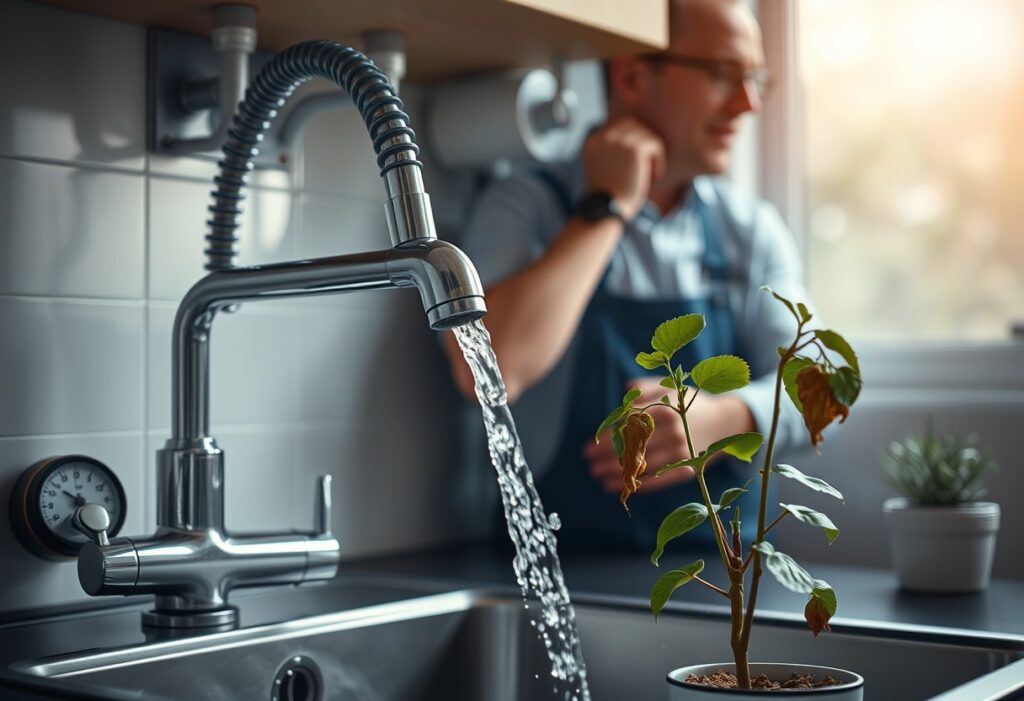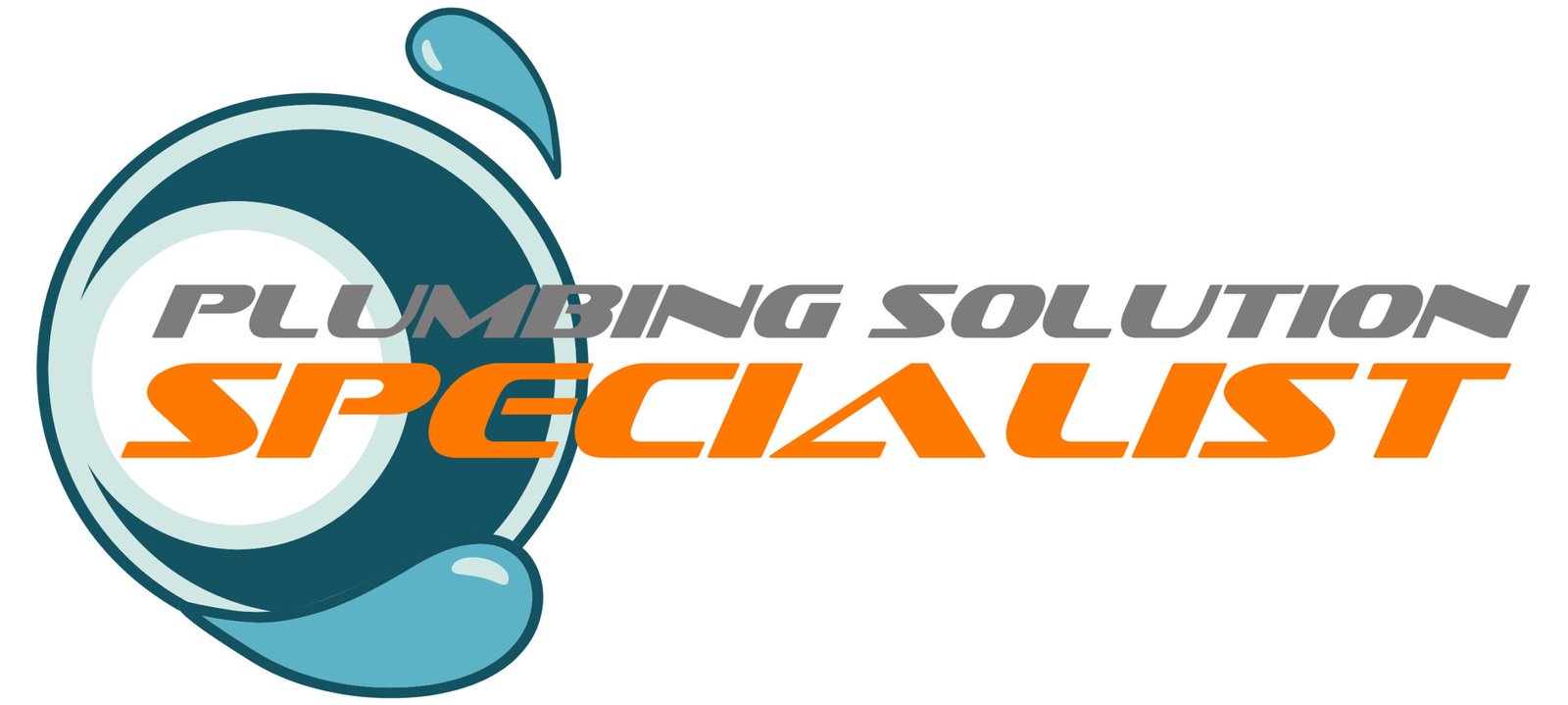Rising Cost of Water: How to Save Money on Your Plumbing Bill

As you’re scrubbing away at last night’s dinner dishes, you’re probably not thinking about the alarming rate at which your water bill is rising. But trust us, it’s time to take notice! With water prices increasing by up to 40% in some areas, it’s necessary to take control of your plumbing costs before they start draining your wallet. The good news is that with a few simple tweaks to your daily habits and some savvy plumbing hacks, you can slash your water bill in half and still enjoy a refreshing shower at the end of the day. In this post, we’ll look into the world of water conservation and show you how to save money on your plumbing bill without sacrificing comfort or convenience. Key Takeaways: Here are three key takeaways about the rising cost of water and how to save money on your plumbing bill: Conserve Water: One of the most effective ways to save money on your plumbing bill is to reduce your water usage. Take shorter showers, fix leaks, and install low-flow fixtures to minimize your water consumption. Every gallon counts, and making these simple changes can lead to significant savings over time. Optimize Your Plumbing System: A well-maintained plumbing system can help you save money on your water bill. Regularly check for leaks, clean your aerators, and consider upgrading to a low-water-usage toilet. These small changes can add up to big savings in the long run. Invest in Water-Efficient Appliances: When it’s time to replace your appliances, look for ones that are WaterSense certified, which means they meet EPA standards for water efficiency. Installing a low-water-usage dishwasher or washing machine can significantly reduce your water consumption and lower your plumbing bill. The Soaking Truth About Water Costs According to the United States Environmental Protection Agency (EPA), the average American family uses over 300 gallons of water per day. That’s a lot of water, and it’s getting more expensive by the minute. As you’ll soon discover, the rising cost of water is no laughing matter, and it’s necessary to take action to save money on your plumbing bill. The Rising Cost of Water: A Growing Concern An alarming trend is emerging: water prices are increasing faster than any other utility cost. In fact, water rates have risen by as much as 41% in the past decade, leaving many homeowners feeling drained. As the demand for water continues to grow, so do the costs, making it crucial for you to take control of your water usage. The Impact on Your Wallet: How Much Are You Really Paying? Much like a leaky faucet, the cost of water can slowly drain your bank account without you even realizing it. But how much are you really paying? The answer might shock you. On average, a family of four can expect to pay around $1,000 per year on their water bill alone. That’s a significant chunk of change, especially considering that a large portion of it is likely going towards wasteful habits. Growing awareness about the importance of water conservation is crucial in reducing your water bill. By identifying areas of inefficiency in your home, you can make simple changes to save money and resources. For instance, fixing leaky faucets and installing low-flow showerheads can save up to 20 gallons of water per day. Additionally, using water-efficient appliances and harvesting rainwater can also lead to significant savings. By taking control of your water usage, you can cut your water bill in half and do your part in conserving this precious resource. Leaky Faucets and Wasted Water There’s no denying it: leaky faucets are one of the most common culprits when it comes to wasted water and inflated plumbing bills. According to experts, a single dripping faucet can waste up to 20 gallons of water per day, which translates to a significant increase in your water bill over time. To make matters worse, these leaks can also lead to mold growth, corrosion, and other costly issues down the line. As outlined in this comprehensive guide to Slab Leak Detection and Repair, addressing these leaks is crucial to saving you money and reducing your environmental footprint. Common Culprits: Identifying Water-Wasting Offenders Faucets, toilets, and showerheads are just a few of the common culprits when it comes to water waste. But did you know that even the smallest of leaks can add up to make a big impact on your plumbing bill? Take the time to inspect your fixtures and appliances regularly to catch any potential issues before they become major problems. Fixing Leaks and Saving Bucks: A Simple Guide Leaks might seem like a minor issue, but fixing them can have a major impact on your wallet. By addressing these issues promptly, you can save up to 10% on your water bill each month. Culprits like leaky faucets and toilets might seem harmless, but they can lead to serious consequences if left unchecked. Not only do they waste precious water resources, but they can also cause damage to your pipes, fixtures, and appliances over time. By taking the time to fix these leaks, you’re not only saving money – you’re also protecting your home from costly repairs and replacements. Water-Efficient Plumbing Fixtures: The Heroes You Need Your home is filled with hidden water-wasting villains, but fear not! Water-efficient plumbing fixtures are here to save the day (and your wallet). By installing these heroes, you can significantly reduce your water consumption and lower your plumbing bill. Low-Flow Showers and Toilets: The Benefits Explained Need to cut down on water usage? Look no further than low-flow showers and toilets. These fixtures use significantly less water than their traditional counterparts, with some toilets using as little as 1.28 gallons per flush. That’s a lot of water saved, especially if you have a large family or live in a drought-prone area. Installing Water-Saving Fixtures: A Worthwhile Investment For a small upfront cost, you can reap the benefits of water-saving fixtures for years to come. Not only will
